Insurance is a necessary component to creating a financial plan that works well for you, your family, and your long-term goals. It can take just one illness, one job loss, or one car accident to turn your world upside down and crumble your financial plan.
If you have the proper insurance in place from the start, however, you can weather these life-changing moments and keep your goals and dreams on the right trajectory.
- Auto Insurance – Auto insurance is a must and not just because the law requires that you carry it. Auto insurance can protect your assets in the case of an accident and make sure that not only can you shoulder liability in an accident but you can also get back on the road with a car that will carry you safely to and from work. Full coverage is especially important if you owe money on your vehicle. No one wants to keep making car payments on a vehicle that was totaled in an accident.
- Homeowners or Renters Insurance – You have worked hard to provide for your family and homeowners and renters insurance can protect you and get you back to where you were in the case of a natural disaster or a home break-in. Depending on where you live, you have seen the damage that can be done by tornadoes, earthquakes, floods, and more. Be sure to check that your policy covers the weather most likely to wreak havoc in your neck of the woods.
- Life Insurance – Life insurance is absolutely necessary for any individual who supports another individual. So, if you are married or you have dependents, then you definitely want to make sure that their needs are covered if you meet an untimely death. Think about what life would be like for your dependents without your income and choose the amount of life insurance that you need accordingly.
- Health Insurance – Health insurance is such a smart choice. Medical costs have skyrocketed and long-term illness or serious injury can drain your savings fast. Having health insurance goes a long way in keeping your household doing well financially in the midst of a health crisis. If you do not receive health insurance through your employer, take the time to talk to your insurance agent about it.
- Disability Insurance – If you work you may already be getting this type of insurance through your employer. Look at the specific plan and if you are not getting enough coverage through your workplace then you may want to consider getting some through your agent or broker.
Disability insurance is important because it keeps your household operating during a long absence from work due to illness or injury.
Now is the time to make sure all of your “insurance ducks” are in a row. Catastrophe may never hit, but if it does, you want to make sure that you and your family are covered.
The opinions voiced in this material are for general information only and are not intended to provide specific advice or recommendations for any individual.

